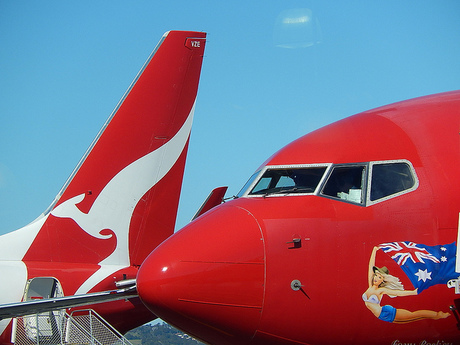Govt to allow Gold Coast Airport to deploy ILS

The federal government has approved an application from the Gold Coast Airport to deploy an instrument landing system (ILS) to augment its navigational aid network.
The airport will deploy the system on its runway 14. ILSs are a globally established navigational aid tool available at most international airports and 27 other locations around Australia.
Instrument landing allows aircraft to land if pilots are unable to make visual contact with the runway.
Deputy Prime Minister and Minister for Infrastructure and Regional Development Warren Truss said the system will result in fewer aircraft needing to be diverted to other airports during marginal weather conditions.
“Gold Coast Airport is currently the sixth busiest airport in Australia, but the only one of the 12 busiest not to have ILS capability,” he said.
“The ILS will supplement existing required navigation performance (RNP) and visual approach procedures to improve Gold Coast Airport’s capability of ensuring safe and reliable aircraft landings.”
For the past five years the airport has had to divert an average of 50 flights per year due to poor weather conditions. Numerous flights to the Gold Coast have also been cancelled due to the forecast weather conditions at the airport.
The airport currently services around 6 million passengers per year, and this is forecast to grow to 16.3 million by 2031.
Gold Coast residents in the flight path have complained that ILS flights will need to make a longer approach from the north, which will lead to extra aircraft noise when the system is in use.
But Truss noted that other areas will be less exposed to noise when the system is operational, the ILS is expected to be used no more than 10% of the time on fine weather days and that no additional residents will be exposed to noise levels greater than 60 dB(A), roughly equivalent to the noise level of a normal conversation.
“I have instructed Airservices Australia when directing traffic to make every effort to minimise the use of the ILS while meeting air safety requirements. I expect Airservices to work collaboratively with the airport, airline industry and community in designing noise abatement procedures which prioritise RNP and other existing approach procedures above the ILS,” he said.
Encrypted apps, AI, and cloud surveillance in policing
How Australia and New Zealand will be using technology to fight crime in 2026.
AI policy needs to protect future Australians
The genie is out of the bottle with AI and it's clear what corporate leaders are using their...
Agentic AI could be Australia's productivity superpower if we seize it
Government agencies have an opportunity to lead by example and embrace AI technology to solve...




